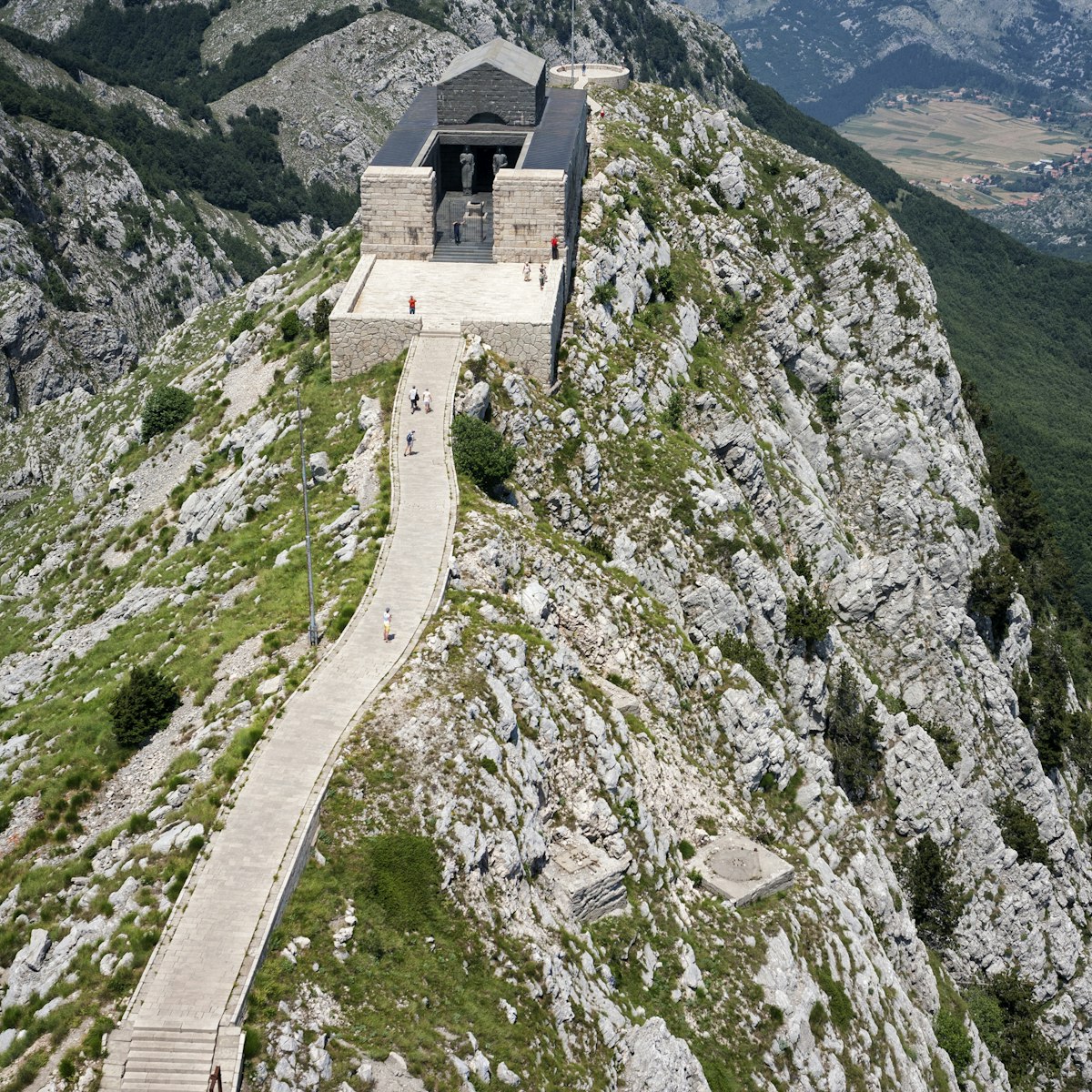A small museum housed in a 17th-century customs building just inside Stari Bar's entrance explains the site and its history. From here, follow the green arrows around the major points of interest. In the western part of the town are the remains of the 13th-century St Nicholas’ Franciscan Monastery, offering glimpses of Byzantine-style frescoes; it was converted to a mosque in 1595.
The northern corner has an 11th-century fortress with much-photographed views showcasing Stari Bar’s isolated setting amid mountains and olive groves. Nearby are the foundations of St George's Cathedral. Originally a Romanesque church, it was converted into a mosque in the 17th century by the Turks, but the unlucky edifice was ruined after an accidental explosion of gunpowder.
If you’re wondering why St John’s Church is in such good nick, it’s because it’s been completely reconstructed by one of the families associated with the original church. One of the few other buildings to have an intact roof is St Verenada's Church, which contains a few photos from the greater Bar area. The 14th-century St Catherine's Church, in a tower above one of the lower gates, was being restored when we last visited.
Ottoman constructions include a solid and charming Turkish bathhouse from the 17th or 18th century, the clock tower (1752) and the 17th-century aqueduct that carried water from a spring 3km away; it was reconstructed after the 1979 earthquake.





